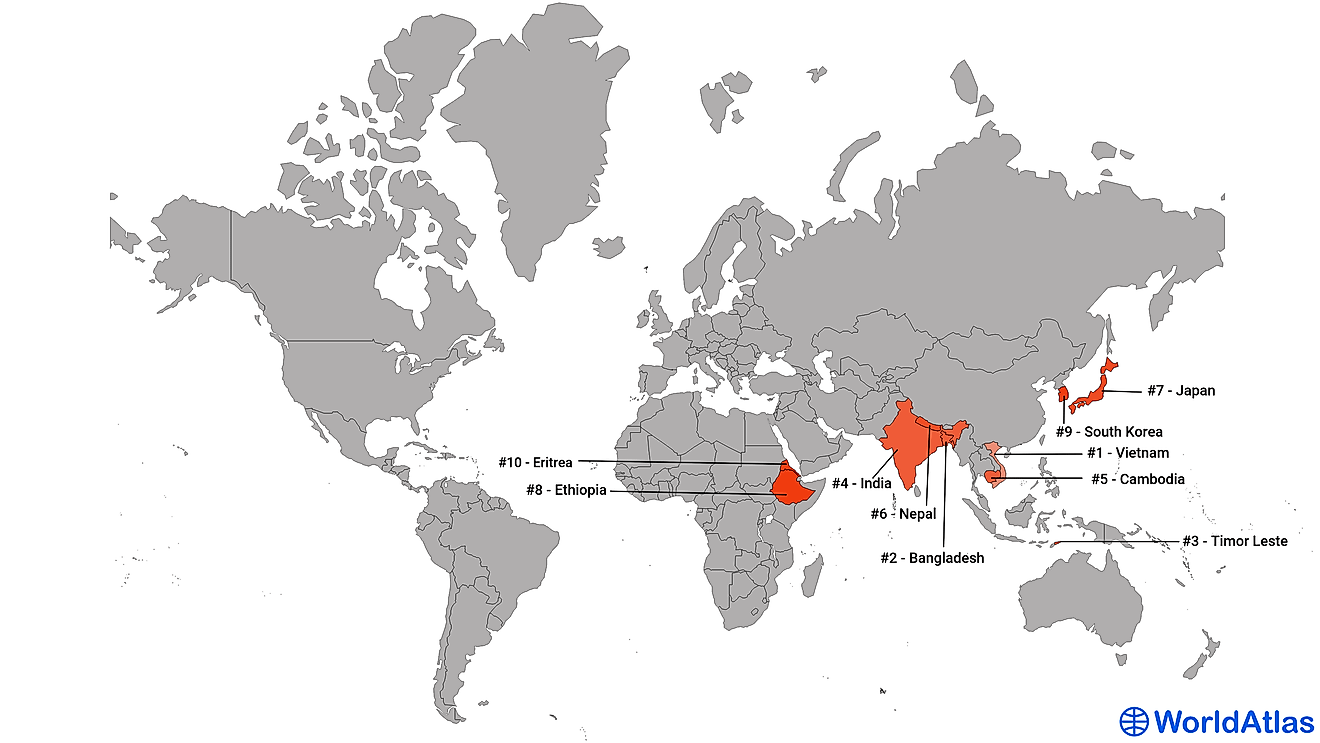Which Olympic Games Were The First To Be Televised?

The Olympic Games are some of the most followed and watched games around the world. Today, when athletes compete at the Olympics, millions of viewers around the world can follow up-to-the-minute coverage by several means including radio, tv, or stream live via the internet. However, this was not always the case.
History Of The Olympic Games

The ancient Olympic Games began as part of religious and athletic activities in Greece. The sporting events were held every four years in Olympia with the competitors drawn from several city-states and kingdoms of ancient Greece. The common events during the Olympics were athletics and combat sports such as wrestling and animal racing. The Ancient Olympics also featured ritual sacrifices in honor of Zeus and Pelops who was a mythical king of Olympia.
The modern Olympic Games were first held in Athens in 1896 following the formation of the International Olympic Committee (IOC) in 1894. Although the Olympic Games had grown in popularity, especially in Europe, only those who attended the sporting event at the host cities had the opportunity to see the athletes compete. The rest of the world could only read the highlights in magazines and newspapers.
First Televised Games

Contrary to most sources, the first-ever broadcasted Olympics were the 1936 Summer Olympics in Berlin, Germany, but only within the country. The city had won the bid to host the Olympics over Barcelona in April 1931, during the IOC Session which took place in Barcelona. The events were televised by means of closed-circuit televisions and beamed out on black and white screens to the athletes in the Olympic Village. The events were also broadcasted to the public in more than two dozen special viewing rooms around Berlin and Potsdam. The German Post Office broadcasted the events using the equipment from Telefunken. Three different types of cameras were used in the broadcast, leading to blackouts when changing from one type of camera to the other. The transmission was done from Paul Nipkow TV Station.
Developments in Olympic Broadcasting

The broadcasting of the 1936 Olympic Games opened a floodgate for the broadcasting of the subsequent Olympics and other major sporting events such as the FIFA World Cup to a larger audience beyond the host city/country. During the 1948 Summer Olympics in London, the BBC covered the games on their television live from Wembley Stadium but limited the coverage to the London area. The first broadcasting rights were sold during the 1956 Summer Games with several international broadcasting houses including BBC, CBS, and NBC among others, televising the events.
In the same year, the first Winter Games were broadcasted. The RAI was the first to televise the Winter Games. The 1956 Winter Games in Cortina, Italy were also the first to be televised to the international audience. The broadcasts were transmitted via Eurovision to several European countries including the United Kingdom, Germany, France, Switzerland, Austria, and Belgium among others. The 1960 Winter Olympics were the first Olympics to be televised in the US while the 1960 Summer Olympics were the first Olympics to be televised in North America. The 1964 Tokyo Olympics were the first to reach a worldwide audience.











